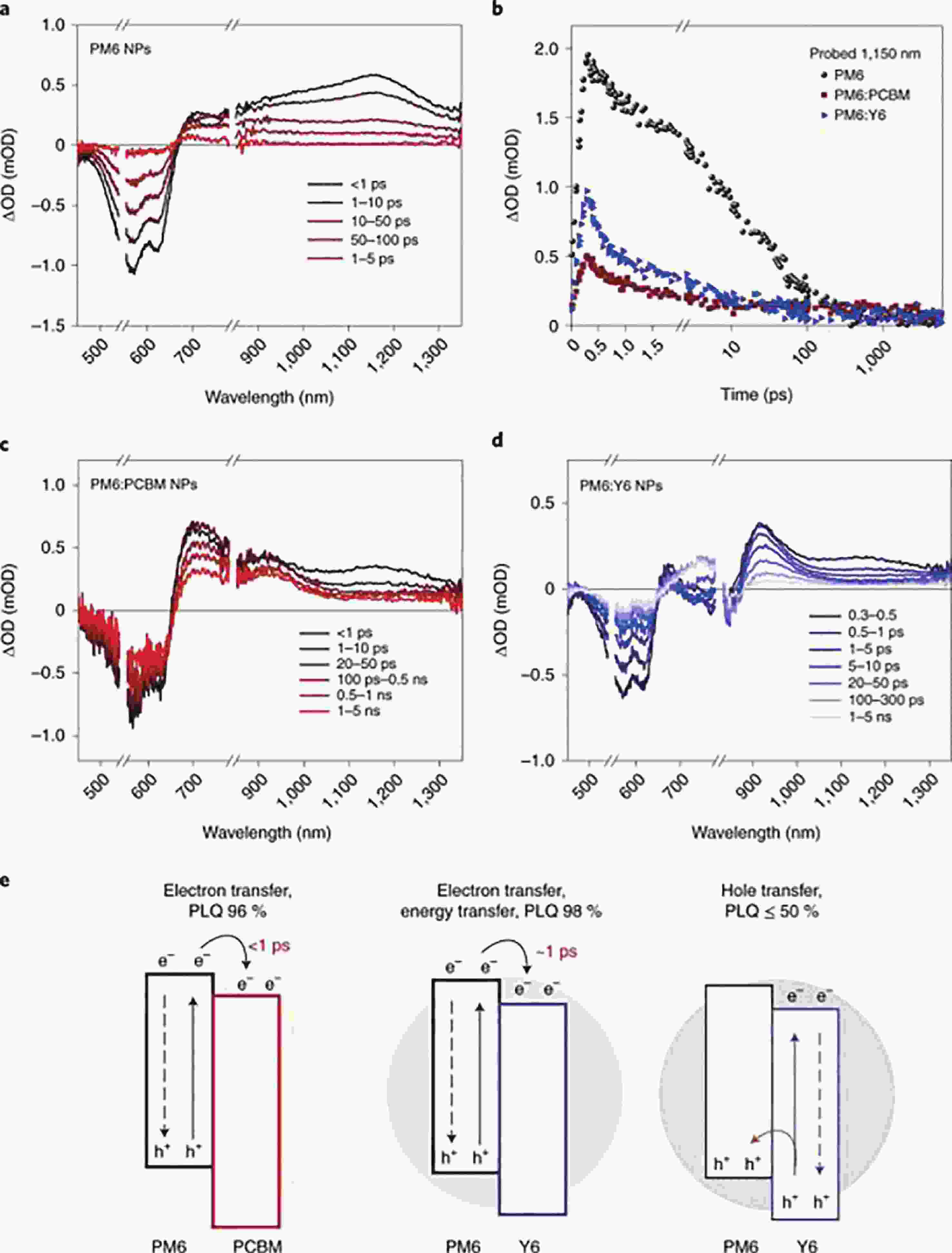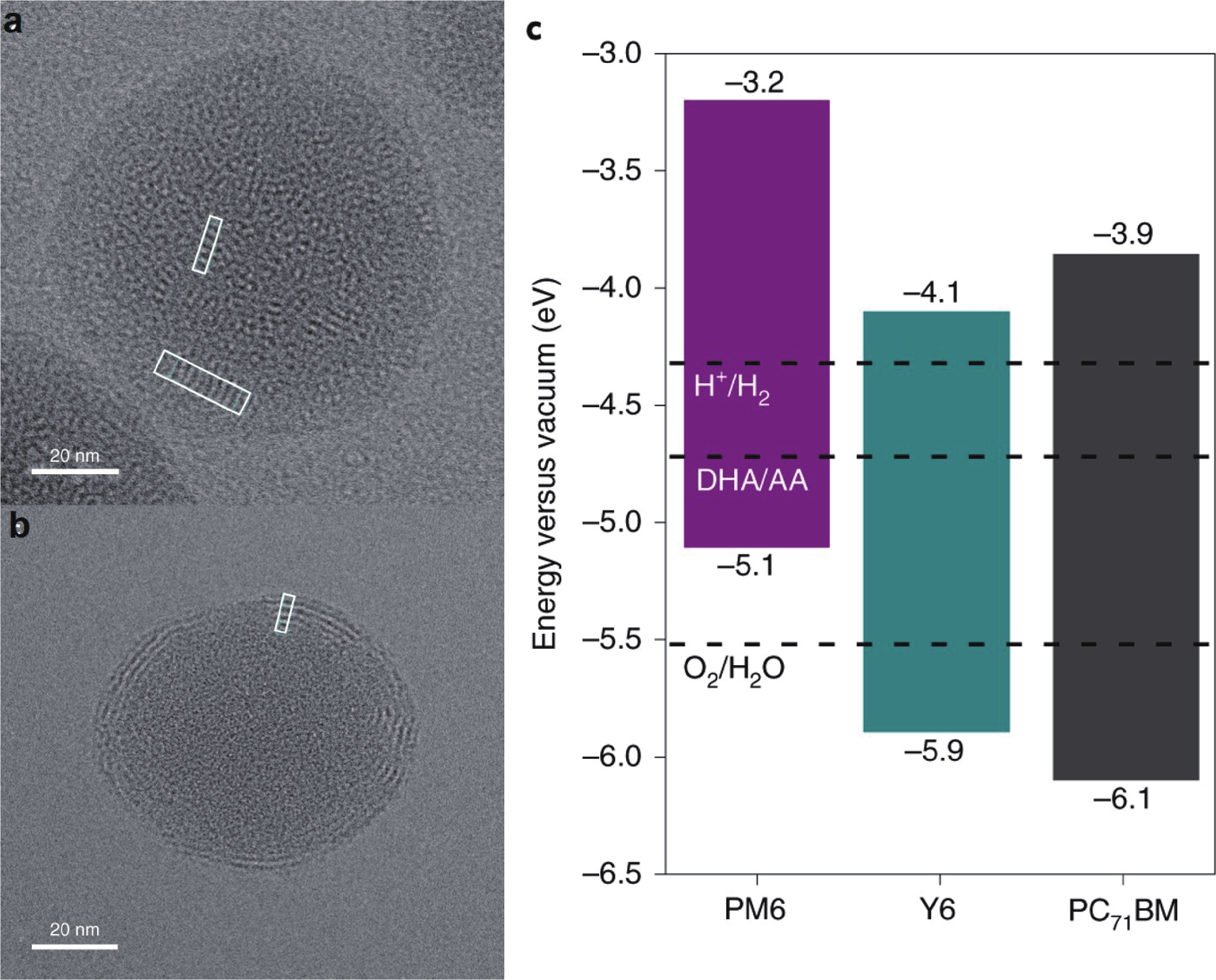| Citation: |
Mengmeng Ma, Zhijie Wang, Yong Lei. An in-depth understanding of photophysics in organic photocatalysts[J]. Journal of Semiconductors, 2023, 44(3): 030401. doi: 10.1088/1674-4926/44/3/030401
M M Ma, Z J Wang, Y Lei. An in-depth understanding of photophysics in organic photocatalysts[J]. J. Semicond, 2023, 44(3): 030401. doi: 10.1088/1674-4926/44/3/030401
Export: BibTex EndNote
|
An in-depth understanding of photophysics in organic photocatalysts
doi: 10.1088/1674-4926/44/3/030401
More Information-
References
[1] Wang X C, Maeda K, Thomas A, et al. A metal-free polymeric photocatalyst for hydrogen production from water under visible light. Nat Mater, 2009, 8, 76 doi: 10.1038/nmat2317[2] Li R G, Zhang F X, Wang D E, et al. Spatial separation of photogenerated electrons and holes among {010} and {110} crystal facets of BiVO4. Nat Commun, 2013, 4, 1432 doi: 10.1038/ncomms2401[3] Takata T, Jiang J Z, Sakata Y, et al. Photocatalytic water splitting with a quantum efficiency of almost unity. Nature, 2020, 581, 411 doi: 10.1038/s41586-020-2278-9[4] Nishiyama H, Yamada T, Nakabayashi M, et al. Photocatalytic solar hydrogen production from water on a 100-m2 scale. Nature, 2021, 598, 304 doi: 10.1038/s41586-021-03907-3[5] Wang X Y, Chen L J, Chong S Y, et al. Sulfone-containing covalent organic frameworks for photocatalytic hydrogen evolution from water. Nat Chem, 2018, 10, 1180 doi: 10.1038/s41557-018-0141-5[6] Bai Y, Wilbraham L, Gao H, et al. Photocatalytic polymers of intrinsic microporosity for hydrogen production from water. J Mater Chem A, 2021, 9, 19958 doi: 10.1039/D1TA03098A[7] Kosco J, Moruzzi F, Willner B, et al. Photocatalysts based on organic semiconductors with tunable energy levels for solar fuel applications. Adv Energy Mater, 2020, 10, 2001935 doi: 10.1002/aenm.202001935[8] Dai C H, Liu B. Conjugated polymers for visible-light-driven photocatalysis. Energy Environ Sci, 2020, 13, 24 doi: 10.1039/C9EE01935A[9] Itskos G, Heliotis G, Lagoudakis P G, et al. Efficient dipole-dipole coupling of Mott-Wannier and Frenkel excitons in (Ga, In)N quantum well/polyfluorene semiconductor heterostructures. Phys Rev B, 2007, 76, 035344 doi: 10.1103/PhysRevB.76.035344[10] Li C Z, Liu J L, Li H, et al. Covalent organic frameworks with high quantum efficiency in sacrificial photocatalytic hydrogen evolution. Nat Commun, 2022, 13, 2357 doi: 10.1038/s41467-022-30035-x[11] Kosco J, Gonzalez-Carrero S, Howells C T, et al. Generation of long-lived charges in organic semiconductor heterojunction nanoparticles for efficient photocatalytic hydrogen evolution. Nat Energy, 2022, 7, 340 doi: 10.1038/s41560-022-00990-2[12] Ma M M, Huang Y B, Liu J, et al. Engineering the photoelectrochemical behaviors of ZnO for efficient solar water splitting. J Semicond, 2020, 41, 091702 doi: 10.1088/1674-4926/41/9/091702[13] Zhong Y F, Causa' M, Moore G J, et al. Sub-picosecond charge-transfer at near-zero driving force in polymer: Non-fullerene acceptor blends and bilayers. Nat Commun, 2020, 11, 833 doi: 10.1038/s41467-020-14549-w[14] Wang J, Liu D, Zhu Y F, et al. Supramolecular packing dominant photocatalytic oxidation and anticancer performance of PDI. Appl Catal B, 2018, 231, 251 doi: 10.1016/j.apcatb.2018.03.026[15] Zhang N, Wang L, Wang H M, et al. Self-assembled one-dimensional porphyrin nanostructures with enhanced photocatalytic hydrogen generation. Nano Lett, 2018, 18, 560 doi: 10.1021/acs.nanolett.7b04701[16] Laconsay C J, Tsui K Y, Tantillo D J. Tipping the balance: Theoretical interrogation of divergent extended heterolytic fragmentations. Chem Sci, 2020, 11, 2231 doi: 10.1039/C9SC05161A[17] Peng P, Yan X X, Zhang K, et al. Electrochemical C−C bond cleavage of cyclopropanes towards the synthesis of 1, 3-difunctionalized molecules. Nat Commun, 2021, 12, 3075 doi: 10.1038/s41467-021-23401-8[18] Wang M Y, Li M, Yang S, et al. Radical-mediated C-C cleavage of unstrained cycloketones and DFT study for unusual regioselectivity. Nat Commun, 2020, 11, 672 doi: 10.1038/s41467-020-14435-5[19] Liu P, Redekop E, Gao X, et al. Oligomerization of light olefins catalyzed by Brønsted-acidic metal-organic framework-808. J Am Chem Soc, 2019, 141, 11557 doi: 10.1021/jacs.9b03867 -
Proportional views






 DownLoad:
DownLoad:
















